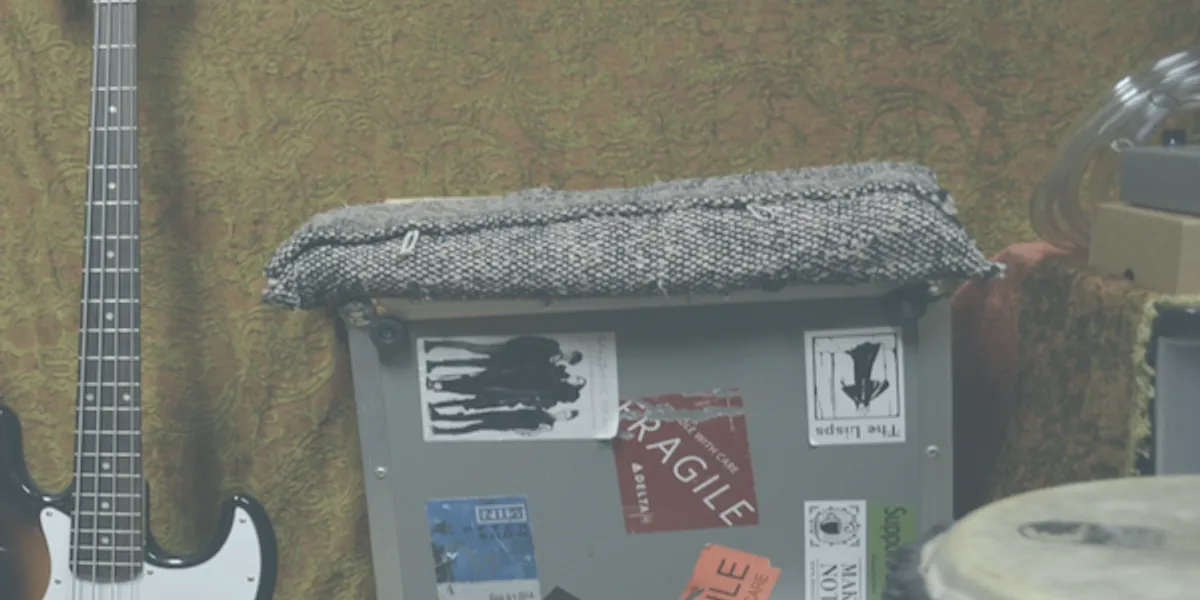
Beat Breakdown: Understanding Rhythm and Groove
Rhythm and groove are the heartbeats of music, creating a compelling foundation that moves listeners both physically and emotionally. Whether you're producing beats, playing instruments, or mixing tracks, mastering rhythm and groove is essential. Here's a detailed breakdown to deepen your understanding and elevate your musical creations.
1. Defining Rhythm and Groove
- Rhythm: The structured arrangement of musical sounds in time.
- Groove: The feeling or swing created by the interaction of rhythms and the subtle variations in timing, velocity, and dynamics.
2. The Elements of Rhythm
Understanding the core elements helps you build solid rhythmic foundations:
- Beat: The steady pulse that you feel in the music.
- Tempo: The speed at which the beat occurs, measured in beats per minute (BPM).
- Meter: The grouping of beats (like 4/4, 3/4, etc.) which defines the rhythmic structure.
3. Creating Groove
Groove comes from how you arrange rhythms and the subtle ways musicians interact with the beat:
- Syncopation: Accent off-beats or unexpected notes to create tension and interest.
- Swing: Slightly delaying certain beats to give a relaxed, flowing feel.
- Dynamics and Velocity: Varying the loudness and intensity of notes adds expression and enhances groove.
4. Rhythm and Instrumentation
Different instruments contribute uniquely to the rhythmic fabric:
- Drums: Provide foundational beats and rhythm structures.
- Bass: Locks rhythmically with drums to form a tight groove.
- Percussion: Adds complexity, texture, and depth to rhythmic patterns.
5. Techniques for Enhancing Groove
- Humanization: Slightly offsetting notes from the grid to mimic natural playing.
- Layering Rhythms: Combining simple patterns creates complexity and interest.
- Minimalism: Sometimes, less is more—stripping down rhythms can often enhance groove.
6. Rhythm in Different Genres
Exploring various genres can broaden your rhythmic vocabulary:
- Funk and Soul: Strong backbeats, syncopation, and groove-centric basslines.
- Electronic Dance Music (EDM): Emphasis on steady, driving rhythms and energetic percussion.
- Jazz: Rich in swing, syncopation, and complex rhythmic interactions.
7. Analyzing Great Grooves
Listen critically to tracks known for their grooves, and identify:
- What rhythmic elements stand out?
- How are dynamics and velocity used?
- What contributes to the feel or vibe?
Understanding rhythm and groove involves more than just technical precision; it requires feeling, creativity, and experimentation. By focusing on these foundational elements and exploring various rhythmic approaches, you'll unlock new levels of musical expression and connect deeply with your listeners.